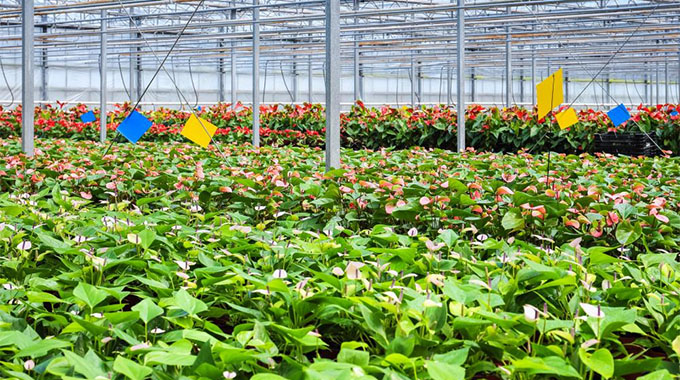Good times beckon for community horticulturists as AMA secures markets

Elton Manguwo
BENEFICIARIES under the Presidential Horticultural Gardens will not lose sleep over securing markets for their produce after the Agricultural Marketing Authority (AMA) successfully negotiated deals with big supermarkets, as the Government’s dream of transforming rural economies through sustainable agricultural production is fast becoming a reality.
AMA chief executive officer (CEO) Mr Clever Isaya yesterday told The Herald that the authority had facilitated the signing of trade agreements between community gardens and big supermarkets like OK, Pick n’ Pay and Spar.
Additionally, AMA has engaged several major off-takers in the country with a view to improve market access for the community gardens.
“Fruit and vegetables traders such as Willsgrove have been brought on board and a number of boarding schools and tertiary institutions have signed agreements with community gardens across the country,” said Mr Isaya.
This development comes on the backdrop of the establishment of the Presidential Rural Horticulture Scheme, which seeks to develop and grow horticulture in the rural areas of the country.
“Commendable progress has been recorded by the authority in facilitating penetration of markets by the community gardens throughout the country. This has been achieved through a wide range of activities that we have in place,” said Mr Isaya.
The scheme, which was launched in 2021 targets to establish at least 1 community garden in each of the 35 000 villages in the country.
“Our mandate is to facilitate market access for products being produced in the community gardens established under the Presidential Rural Horticulture Scheme,” said Mr Isaya.
AMA field staff in all the provinces of the country are responsible for product mapping to curb problems of uncoordinated production models and lack of market information that usually haunt farmers doing similar projects.
Mr Isaya added: “We carry out product mapping to establish the type of crops grown in the community gardens and the quantities produced. The product maps are then shared with various potential off takers to link the farmers with the market.”
AMA provides market information in its weekly commodity bulletins. Information contained in these bulletins relates to identifying traders of various agricultural products and the prices they offer.
The market information is distributed to the community gardens through AMA field Staff and Agritex officers who also help farmers understand market dynamics to enhance decision making in relation to agricultural production and marketing.
Mr Isaya highlighted that these measures were implemented following market intelligence surveys carried out in previous years, which established a number of factors that precluded community gardens from access to markets.
To help the farmers, AMA has embarked on capacity building initiatives that include training farmers on good agricultural practices and the production of crops with an identified market to guarantee farmers access to specific and well-defined markets.
“With these interventions and measures in place from AMA, community gardens will continue to grow from strength to strength, as the push to empower the rural folk gathers tempo,” he said.










Comments